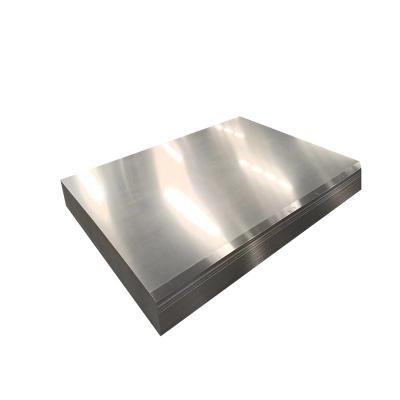How to Choose the Right Thick Aluminum Sheet for Structural Pro
-
Selecting the right thick aluminum sheet (6mm and above) for structural applications requires careful consideration of alloy type, temper, and intended use. Whether for bridges, industrial frames, or aerospace components, the wrong choice can compromise strength and durability. This guide will help you make an informed decision.
Key Factors When Choosing Thick Aluminum Sheets
1. Alloy Selection
Different aluminum alloys offer varying properties:
5052 & 5083: High corrosion resistance, ideal for marine and outdoor structures.
6061-T6: Excellent strength-to-weight ratio, commonly used in aerospace and automotive frames.
7075: Ultra-high strength, used in military and heavy-load applications.
2. Thickness & Load-Bearing Capacity
Thicker sheets (10mm+) provide greater structural support but may increase weight. Engineers must balance thickness with project requirements.
3. Temper (Heat Treatment)
T6 (Solution Heat-Treated & Aged): Enhances strength for heavy-duty applications.
H32 (Strain-Hardened & Stabilized): Offers a good balance between formability and strength.
4. Surface Finish & Coatings
For outdoor structures, anodized or powder-coated aluminum provides extra protection against weathering.
Common Structural Uses of Thick Aluminum Sheets
Bridges & Walkways: Lightweight yet strong, reducing foundation stress.
Industrial Framing: Used in machinery bases and support beams.
Aerospace Components: High-strength alloys for aircraft frames.
Conclusion
Choosing the right thick aluminum sheet involves evaluating alloy properties, thickness, and environmental conditions. By understanding these factors, engineers and builders can ensure optimal performance and longevity in structural projects.
